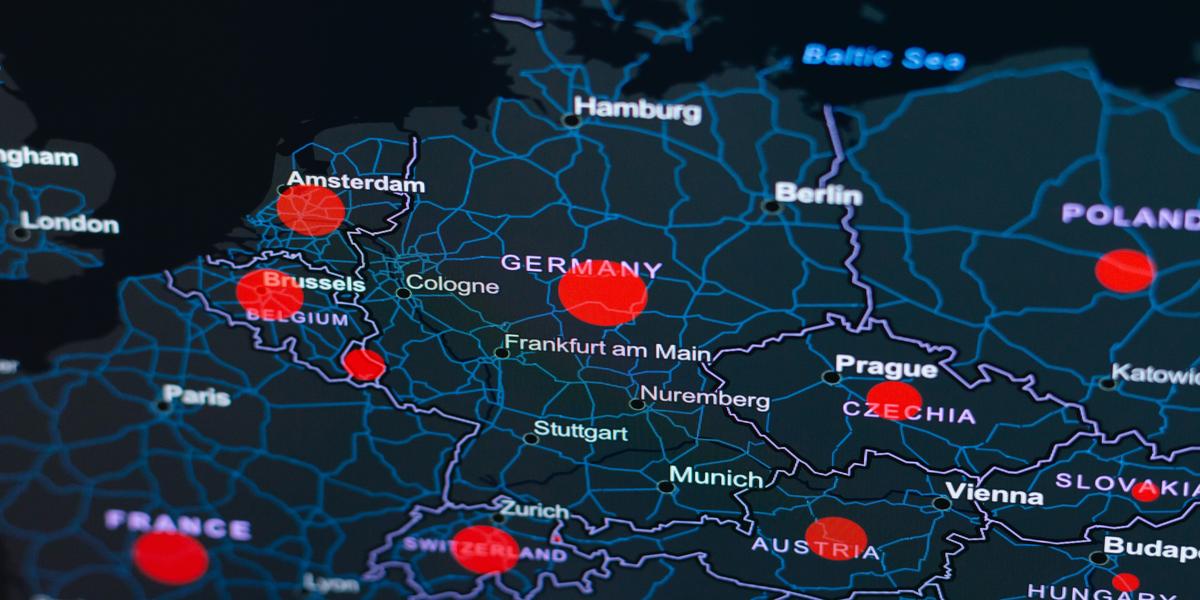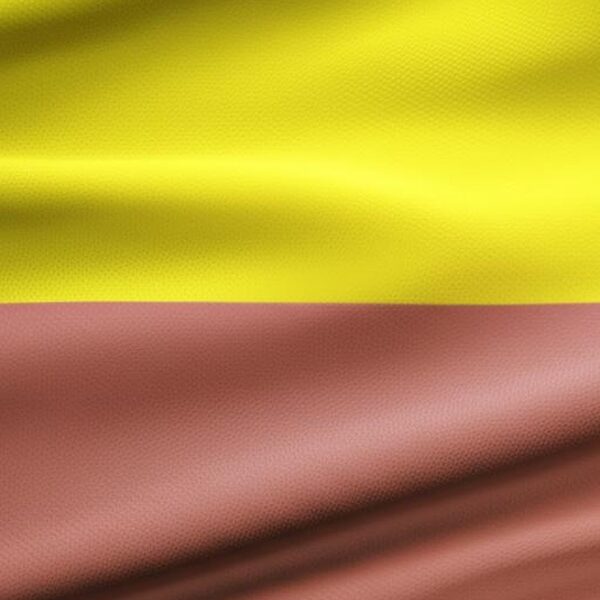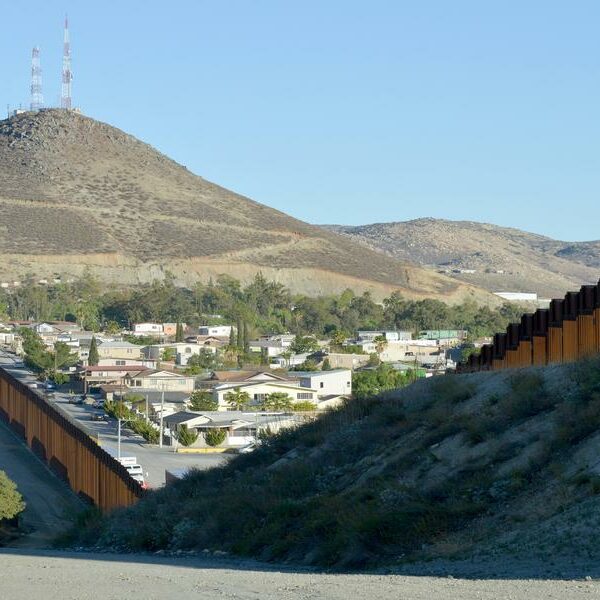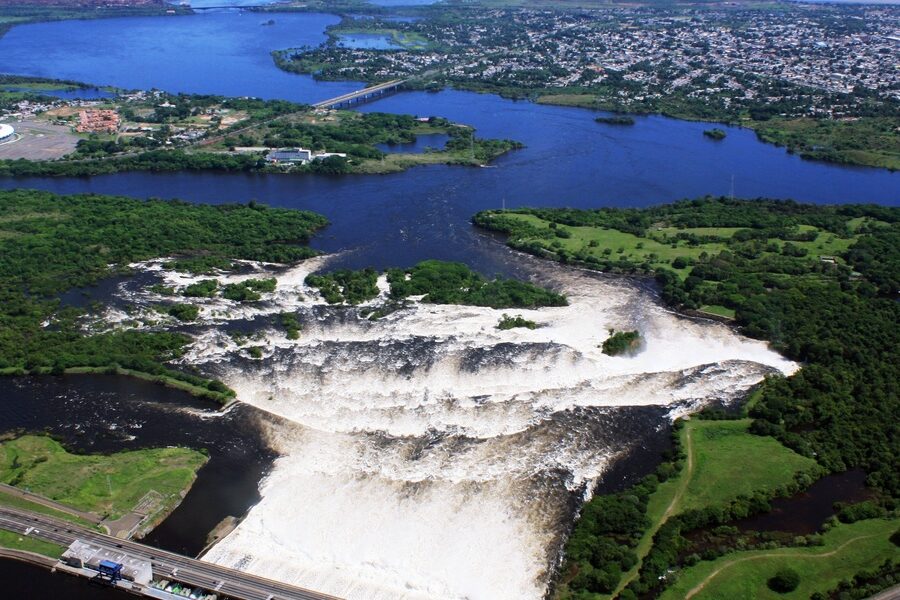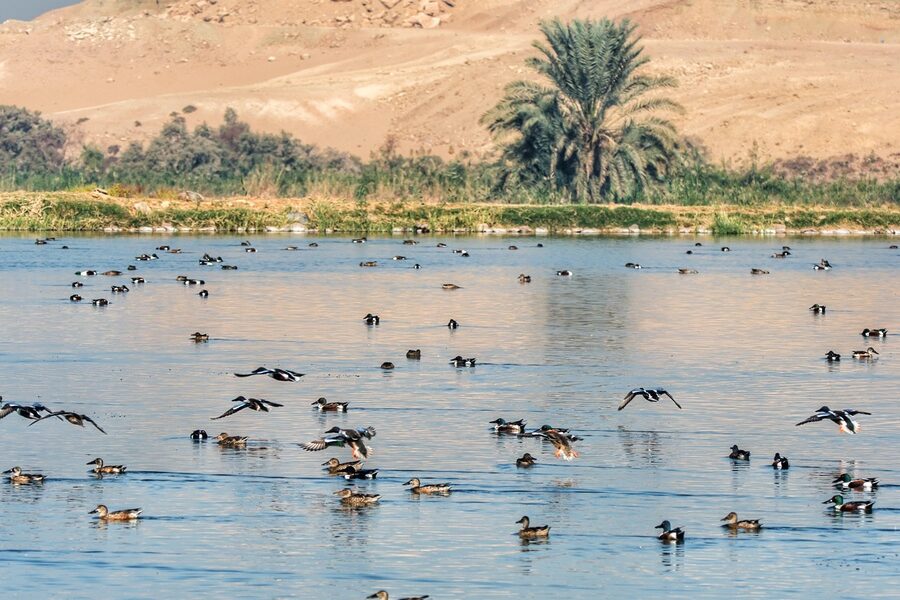Germany shares its borders with nine different countries, making it a central hub in Europe. Each neighbor has a unique connection with Germany—whether it’s a long mountain border, a shared river, or a rich history of cultural exchange. These borders shape trade, travel, and everyday life in Germany and play an important role in European cooperation and diversity.
Explore the list below to learn more about each country that borders Germany, arranged in a logical order based on their geographical location.
Flag This column shows the national flag of each country, giving a quick visual identifier to help you recognize them at a glance.
Capital Here, you’ll find the capital city of each neighboring country. Capitals often serve as cultural, political, and economic centers.
Border (km) This number tells you the length of the border Germany shares with each country, measured in kilometers. It helps you understand the scale and significance of each boundary.
countries that border germany
| Country | Flag | Capital | Border (km) |
|---|---|---|---|
| Poland | 🇵🇱 | Warsaw | 467 |
| Czechia | 🇨🇿 | Prague | 646 |
| Austria | 🇦🇹 | Vienna | 784 |
| Switzerland | 🇨🇭 | Bern | 363 |
| France | 🇫🇷 | Paris | 448 |
| Luxembourg | 🇱🇺 | Luxembourg City | 138 |
| Belgium | 🇧🇪 | Brussels | 157 |
| Netherlands | 🇳🇱 | Amsterdam | 575 |
| Denmark | 🇩🇰 | Copenhagen | 68 |
Descriptions
Poland
The border along the Oder and Neisse rivers was established after WWII. Today, it’s a bustling frontier of trade and tourism, with many Germans visiting Polish cities like Szczecin and Świnoujście for shopping and cultural experiences.
Czechia
This long border winds through the Ore and Bohemian Forest mountain ranges, creating a stunning natural frontier. The regions share deep historical ties, with cross-border national parks like Saxon-Bohemian Switzerland attracting hikers and tourists from both nations.
Austria
Sharing a common language and deep cultural history, the German-Austrian border is Germany’s longest. It cuts through the Alps, creating breathtaking scenery and making it a premier destination for winter sports and alpine tourism for both nations.
Switzerland
The border runs along the High Rhine and through Lake Constance. It features the German town of Büsingen am Hochrhein, a true exclave completely surrounded by Swiss territory, which creates a unique administrative and daily life situation.
France
The Franco-German border, particularly the Alsace region, has a complex history but is now a symbol of European reconciliation. The city of Strasbourg, home to the European Parliament, sits right on the border, embodying this hard-won unity.
Luxembourg
This relatively short border is one of the most integrated in Europe. Thousands of Germans commute to Luxembourg daily for work, drawn by its strong financial sector and high wages, creating a seamless cross-border economic zone.
Belgium
The border area includes the German-speaking Community of Belgium, an official administrative division. This unique region highlights the fluid nature of culture and language, independent of modern national boundaries, showcasing a truly blended European identity.
Netherlands
A long and highly populated border with strong economic and social ties. The Dutch and Germans in the border region often speak a mix of both languages and shop across the border, exemplifying close cooperation within the EU.
Denmark
Germany’s only land border to the north. This border region has a unique history with a recognized German minority in Denmark and a Danish minority in Germany, showcasing a model of cross-border cultural cooperation and a peaceful shared identity.

